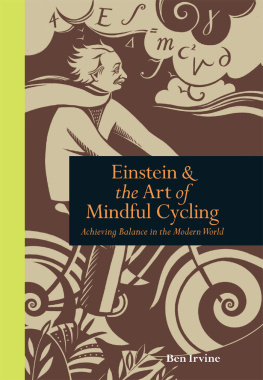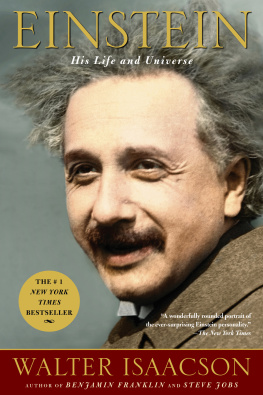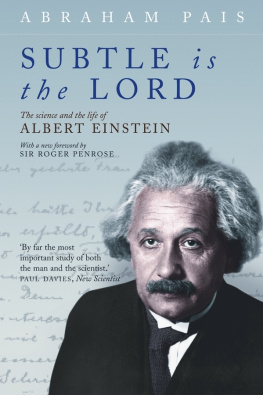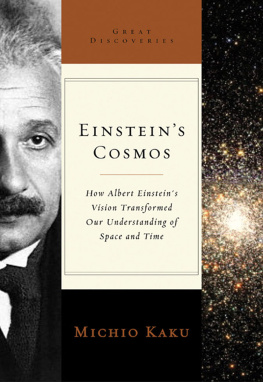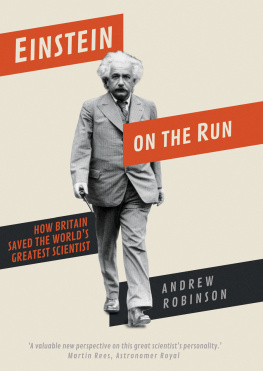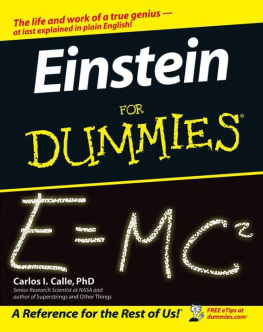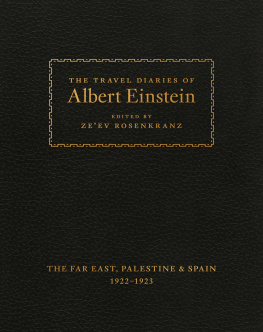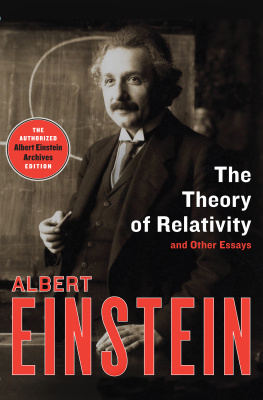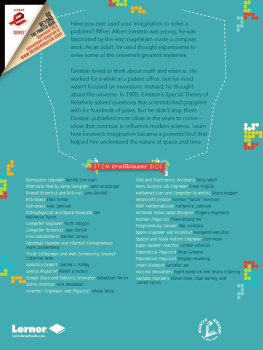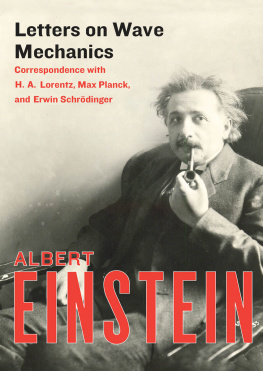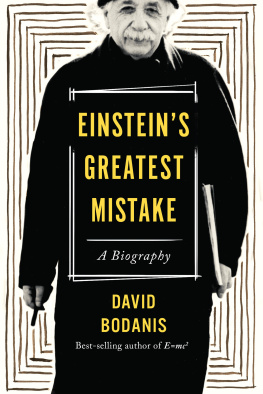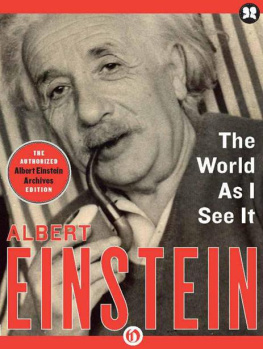

Einstein &
the Art of
Mindful Cycling
Achieving Balance in the Modern World
Ben Irvine

For Rebecca
First published in the UK in 2012 by
Leaping Hare Press
210 High Street, Lewes
East Sussex BN7 2NS, UK
www.leapingharepress.co.uk
Text copyright Ben Irvine 2012
Design and layout copyright Ivy Press Limited 2012
All rights reserved. No part of this book may be
reproduced or transmitted in any form or by any
means, electronic or mechanical, including
photocopying, recording or by any information
storage and retrieval system, without written
permission from the copyright holder.
British Library Cataloguing-in-Publication Data
A catalogue record for this book is available from
the British Library
Print ISBN: 978-1-908005-47-2
ePub ISBN: 978-1-78240-027-1
This book was conceived, designed and produced by
Leaping Hare Press
Creative Director P ETER B RIDGEWATER
Publisher S USAN K ELLY
Commissioning Editor M ONICA P ERDONI
Art Director W AYNE B LADES
Senior Editor J AYNE A NSELL
Designer G INNY Z EAL
Illustrator S ARAH Y OUNG
Colour Origination by Ivy Press Reprographics
10 9 8 7 6 5 4 3 2 1
C ONTENTS

INTRODUCTION

A B ALANCED M IND
If I tell you that riding a bicycle can make
you think like Albert Einstein, you probably
wont believe me. Einstein was one of historys greatest
scientists. Riding a bike is as easy as well, riding a
bike. What if I remind you of the famous photograph
of Einstein cheerfully pedalling along? You might
wonder whether wearing trousers that are too short
or a buttoned-up cardigan can make you any
more like this enigmatic genius
than cycling ever could.

T HINK LIKE E INSTEIN

Great thinkers are often as mysterious to us as the mysteries their pioneering work helped explain. Einstein was no different. His life was full of eccentricities, surprises and contrasts, and at first its not obvious we can learn much from them.
E INSTEIN WAS A REBEL (or a lazy dog, as one of his college professors put it), and took nine years to get an academic job after graduating yet in one legendary miracle year, while working as a patent clerk in 1905, he published four astonishing papers that revolutionized physics. He was a committed believer in truth and the mathematical structure of reality yet he declared that imagination is more important than knowledge, and loved to play the violin. He valued simple, homely pleasures, preferring to help local children with their homework over adopting the gaudy trappings of his success yet he became a global celebrity, a self-styled world citizen, and an impassioned advocate of international government. He was a scatterbrain who often forgot to wear socks and eat lunch yet he campaigned unflaggingly for democracy, racial equality and pacifism.
I thought of that while riding my bicycle.
A LBERT E INSTEIN (18791955), ON HIS THEORY OF RELATIVITY
A socialist who championed freedom, a loner who cared deeply for humanity, a non-believer who saw the universe as Gods handiwork Einstein was Time magazines person of the century, yet also the inspiration behind E.T. and Yoda. On his deathbed he was still scrawling equations.
Unity in Difference
The wonderful world of Einstein contains all this, and more. What a jumbled-up genius! Or so it can seem; but one mans jumble is another mans blend. Just as Einsteins theories spied unity in the diversity of nature, his own life was more coherent than a first glance suggests. The local and the global, the individual and the social, the creative and the practical in Einsteins world each was perfectly harmonized. None was sacrificed for the others. His worldview was balanced. And thats why Einstein and cycling belong together.
The View from the Bike
This book is about how cycling can help us all achieve the same mindful balance that Einstein managed between local, global, individual, social, creative and practical ways of living. In the modern world it often seems as though we have to choose between each of these, but on a bicycle we dont, because cycling threads them all together, into a glorious feeling of wellbeing. Local sensibilities meet broad horizons, expansive freedoms meet friendly communities, buzzing imaginations meet useful skills. Just as Einstein scaled intellectual peaks and saw previously unseen and wonderful patterns, the humble bicycle can help us rise above our hectic lives, shaping our views of the world and of one another for the better.
W HAT IS M INDFULNESS ?

There are two ways to live life, Einstein once remarked: as though nothing is a miracle, and as though everything is. Living mindfully is like experiencing everything as a miracle. If youre curious about what that means, then in a way you already know.
I N EXPERIENCING EVERYTHING AS A MIRACLE , Einstein didnt go around constantly proclaiming Its a miracle and dropping to his knees. He was simply in a state of wonder being curious. He was keeping aware of things around him, paying attention to what he saw, and observing little details. Rather than cruising through life on autopilot, or ignoring the world as though it were a car alarm unnoticed in the background, Einstein remained alive to his surroundings and the amazing secrets they might reveal. He lived as if constantly enthralled by the flickering flames of a fire.
I have no special talents. I am only passionately curious.
E INSTEIN
Mindfulness as Meditation
Meditation isnt just for hippies trying to connect with another dimension. Usually people practise meditation whether Buddhists or businessmen for the thoroughly down-to-earth reason that mindfulness is a practical skill we can improve in, with benefits proven by science. Its like exercising. Just as we can build up our muscles by going to the gym, we can become more mindful by meditating, actually altering our brains in the process. Through disciplining our curiosity, we can learn to focus better.
We might discover a lot more about ourselves and the world around us if we were able to pay more attention to the present moment, right here and now.
FROM T HE M INDFUL M ANIFESTO
DR JONTY HEAVERSEDGE & ED HALLIWELL, HAY HOUSE, 2010
Going with the Flow
Next page
